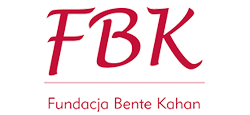Hebrew manuscripts and old prints
The Saraval Collection consists of 34 priceless Hebrew manuscripts and 6 incunabula that currently belong to the Jewish Community in Wrocław. It differs, however, from the historical collection of the well-known bibliophile to whom it owes its name. The collection, a testament to the intellectual prowess of the Jewish community of Wrocław/Breslau, is seldom made available for viewing by the general public.
List of manuscripts and prints for the Saraval Collection: download PDF





scroll down
